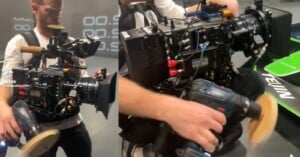
Filmmakers Create Incredible ‘Shaky Effect’ By Attaching a Drill to Camera
Filmmakers created an incredible "shaky effect" on a video by attaching a drill to a camera -- after being inspired by Steven Spielberg's Saving Private Ryan.

Filmmakers created an incredible "shaky effect" on a video by attaching a drill to a camera -- after being inspired by Steven Spielberg's Saving Private Ryan.
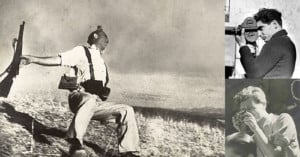
The Falling Soldier is one of the most famous war photos ever made, but questions have swirled for many years regarding its authenticity as evidence that it was staged has piled up. In my own research into the photo, however, a new question came up: the photo is attributed to renowned war photographer Robert Capa, but could it actually have been captured by his partner, Gerda Taro?
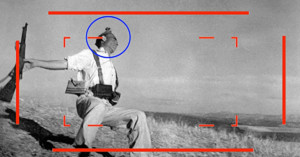
I'm Martin from the All About Street Photography channel, and today I would like to talk about a photo taken by legendary war photographer Robert Capa -- a photo that is both very famous and also somewhat controversial.
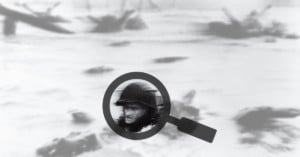
I want to give you a brief overview of an investigation that began almost five years ago, led by me but involving the efforts of photojournalist J. Ross Baughman, photo historian Rob McElroy, and ex-infantryman and amateur military historian Charles Herrick.
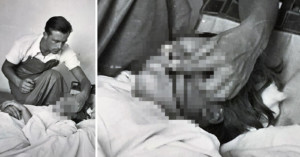
A man sharing a photograph of his father online has apparently stumbled upon the last known photograph of legendary war photographer Gerda Taro, who's regarded as the first female to shoot on the front lines of conflict (as well as the first to die while doing so).
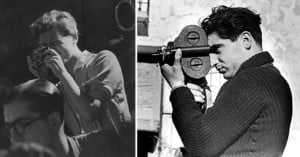
Gerta Pohorylle was born in 1910 in the German state of Stuttgart to a middle-class Jewish Galician family. She attended a Swiss boarding school, where she learned English and French and grew up receiving a secular education. In spite of her bourgeois origins, she became part of socialist and labor movements while still very young.
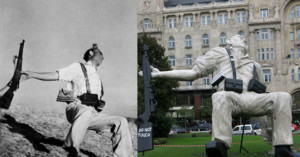
One of legendary photographer Robert Capa's most famous photos is The Falling Soldier, a 1936 picture from the Spanish Civil War that's said to show a soldier at the moment he's shot.
Well, someone saw fit to turn the iconic photograph into a giant and bizarre 25-foot-tall (7.5m) sculpture that's now sitting in the middle of Budapest, Hungary, where Capa was born.
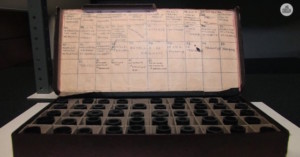
One of the most interesting photographic mysteries of the 20th century is the story of the ‘Mexican Suitcase’ -- something that is neither a suitcase, nor Mexican. What it is, is three boxes of roughly 4,500 negatives that depicted the Spanish Civil War, and were lost for more than 50 years.
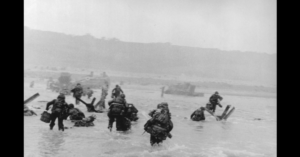
TIME’s Behind the Picture recently dove into the fascinating story behind how some of the most iconic photographs of World War II almost never were. Narrated by John Morris, Editor of LIFE magazine during WWII, Morris tells the story behind the photographs captured by Robert Capa on Omaha Beach during the D-Day invasion.
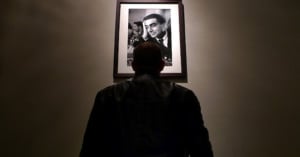
Two days ago, the late great Robert Capa would have turned 100 years old. There was quite a bit of revelry surrounding what would have been the iconic photographer's centennial, but even though gallery openings and the like all paid homage to the great conflict photographer, one particular release is perhaps most special of all.
Thanks to an incredibly fortuitous set of circumstances, the International Center of Photography has managed to get its hands on and release a copy of an incredibly rare interview Mr. Capa gave back in October of 1947 -- affording anyone who didn't know him the first ever opportunity to hear his voice.
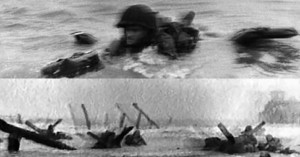
Update: We've removed this image to avoid fringing on the copyright held by Magnum Photos. Click the image below to see the original side-by-side comparison.
Still think Adobe's Image Deblurring technology is fake? Check out this before-and-after comparison showing what the feature does to one of the most famous camera-shake photos in history: Robert Capa's D-Day photograph of an American soldier landing on Omaha Beach.
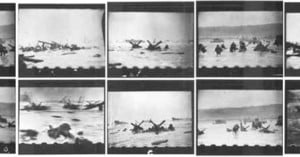
On June 6, 1944 — also known as D-Day — war photographer Robert …